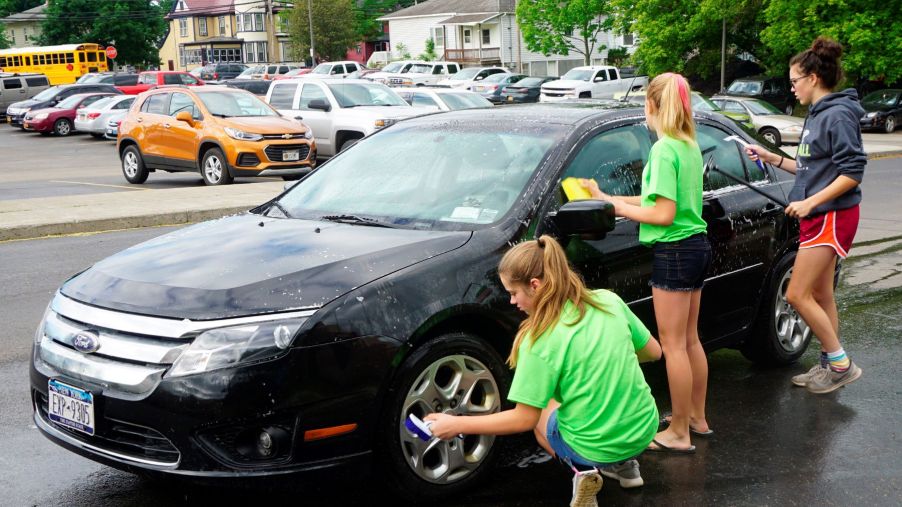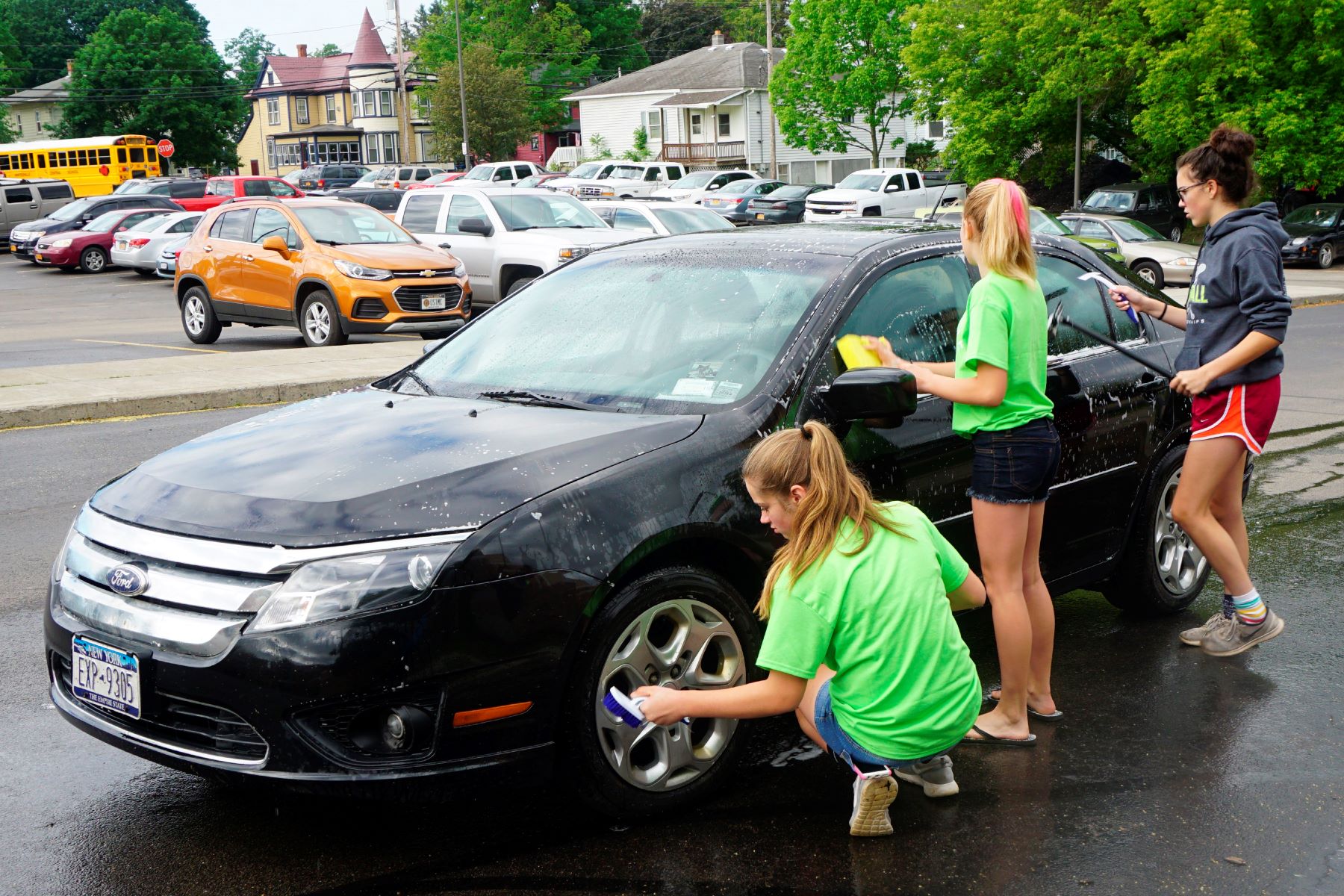
When Should You Use a Waterless Car Wash?
Vehicle ownership certainly comes with its fair share of maintenance responsibilities. One of those responsibilities is keeping your car clean. You know the benefits of a clean vehicle, like protecting the paint and prolonging the life of the exterior accessories and components.
So, what about those waterless car washes? You’ve heard about them and are wondering what all the buzz is about with this new way to shine your ride. What’s in the liquid if it’s not water? Can it cause damage to your vehicle’s paint? Additionally, is there a good and bad time to go waterless? We dove in and explored to learn more about the waterless car wash phenomenon.
What’s in the waterless car wash liquid if it’s not water?

There’s a growing buzz around the waterless car wash method, in part because of its eco-friendly properties. Using little to no water, you can experience a beautiful shine.
The products used can vary with ingredients, but the science and chemistry behind the spray and wipe away method includes emulsifiers and lubricants. Some contain petroleum or silicone, designed to break down dirt. But there are greener varieties with non-toxic ingredients, like coconut oil and petroleum-free compounds, as Movie Cultists explains.
Washos details how the waterless car wash process works. Simply spraying the detailing liquid on the surface of your car will do the trick. Then, a clean rag and a wipe will remove any dirt and dust particles. More than 10 different waterless car wash products are on the market, making them easy to find and use at home. Additionally, some brands offer sprays, cleaning agents, and waxes to experience that ultimate shine.
Is there a good and bad time to use a waterless wash?
So, now that you know how the waterless car wash works, you’ll want to know if you should incorporate it into your vehicle maintenance to-do list. Therefore, you should know a few things about when to use the waterless method. For example, the spray and wipe way of cleaning is ideal for light dirt, not heavy debris. So, if your sweet ride is muddy or excessively filthy, you don’t want to risk rubbing caked-on dirt into your paint.
The best time to use a waterless car wash spray is when you’re in a place where water isn’t readily available, according to the experts at Jay Leno’s Garage. It’s great for spot cleaning, too. Additionally, many suggest temperature matters, with best times including those 60 and 70-degree days. When it’s cooler, the product will evaporate at a slower rate, avoiding streak marks in your car’s finish. It’s also recommended that when using the waterless car wash products, you cycle through clean wiping rags often, changing out cloths for each component of your car from the windows to the bumper.
Plenty of benefits of the waterless car wash
There are plenty of benefits to incorporating a waterless car wash product into your vehicle maintenance routine. If you’re in a pinch, you have a quick and efficient way to spot clean. Anyone living in the city will enjoy the convenience of waterless car washing right in the parking space or garage. Cleaning while you’re on the road is easy too, and many vehicle owners keep the waterless spray on hand during road trips. Additionally, the waterless cleaning method offers a great alternative to those automatic car washes, with their giant rollers potentially damaging the surfaces of your car.
If you’ve been considering the waterless car wash method, you’re not alone. Furthermore, there are plenty of eco-friendly and convenience-based benefits to going green while keeping your car clean. So, keep these tips in mind, and you’ll love the results!


